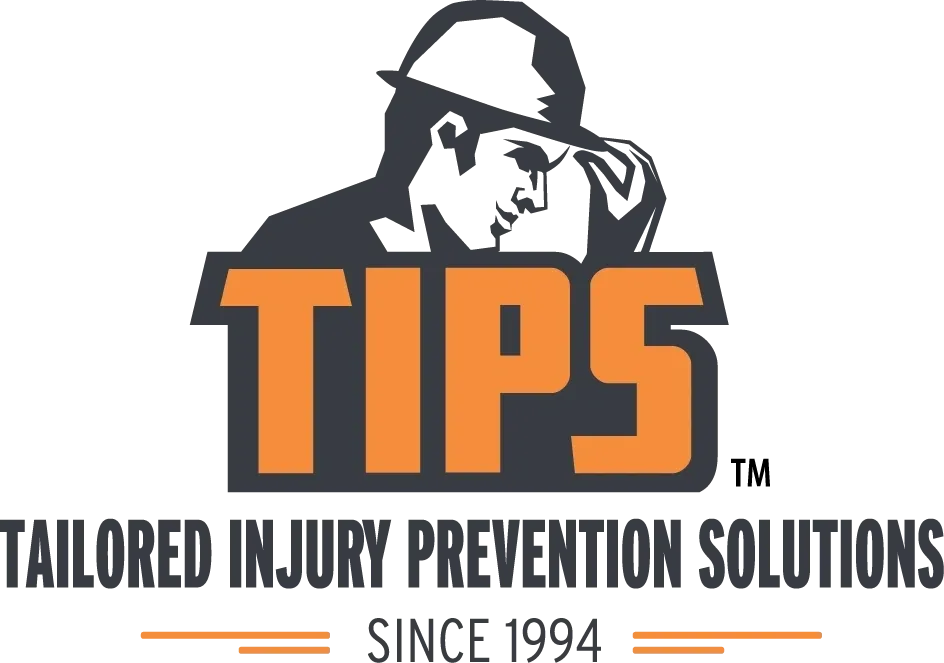Lifting Done Right: TIPS for Injury-Free Lifting
A basic squat is the foundational movement of nearly all other movements, including heavy lifting. When we push, pull, sit down, stand up or even pull something sideways, our mechanics should include a bit of a squatting motion. When we go up or down stairs, we are essentially doing one-legged squats. This single movement is so elemental to the way we as human beings operate, we really cannot get away from it and still function.
Why Changing Your Lifting Technique Is Difficult
Improper squatting technique is a frustration to anyone in the safety industry who has tried to reduce injury by improving how their workforce moves. While many companies provide training for correct lifting technique, too often, team members lapse back into poor technique or don’t change at all.
Movement patterns are engraved into our brains. The more incorrect repetitions we do, the deeper the groove or the stronger the pattern, to a point. This is both good and bad. It means the body will want to continue to revert to the established pattern. But it also means that once we have done enough correct repetitions, we can rewire, so to speak, this movement pattern within the brain so that it is set back to correct lifting technique.
Lifting Done Right Explained
Before we can get the correct repetitions to re-pattern our movement, we must be able to do the movement correctly. We have to regain the ability for our body to be in correct position to start with, stabilize the position, and be able to continue to hold correct position as we move. We also must relearn how to use the power muscles to generate the force to move our bodies plus the thing we’re lifting.
Incorrectlifting positions lead to dysfunction and increased risk, so let’s start there:
- Standing with hips pressed forward and knees locked
- Shoulders rounded forward and head forward
- Low back excessively arched—you should not be able to use your low back as a soup bowl!
- Low back arch increases when squatting down or rising
- A rigid spine that cannot move through all segments of the spine
- One shoulder or hip consistently higher than the other
- One foot or leg turned out consistently
- One foot consistently sitting behind the other
- Knees in front of toes (not always wrong but not the position of greatest stability or strength)
- Hips shifting to the side or rotating when squatting
- Knees turning in or out when squatting
Correct lifting technique is not the old chin up, chest out, exaggerated low-back arch that many of us learned years ago. Fortunately for us, it’s much simpler than that.
- Standing with hips in line with shoulders and knees slightly bent
- Shoulders back and down and head in line with shoulders
- A neutral back position
- A flexible spine that can move through all segments
- Left shoulder and hip aligned with right shoulder and hip
- Feet and legs face almost straight ahead
- Knees behind the toes
- Hips shift back when squatting
- Knees face almost forward when squatting
Assessing Your Team
Consider the various jobs you have that require high repetition, high force requirements, or sustained positions. Jot those down on your Sprains, Strains and Sustainable Solutions Planner (Don’t have one? Download one to the right of this post!).
Now take the list of job activities and observe your team performing those jobs. Put a tally mark by each incorrect position each time you see it as you observe your employees. It can take a bit of practice to truly see the abnormalities, especially if clothing is bulky. What percentage of the time are you seeing incorrect vs correct movement? This is your dysfunction factor. It’s a component of your risk with every activity your employees do.
Whether TiPS works with a company on-site monthly or designs, trains and supports a program the company runs itself, we incorporate our SPARCS 3 Step Injury Reduction System™ (download to the right of this post!) so your team has everything they need to feel good and do the job right and safely. Contact TiPS to help your team learn how to lift correctly.
